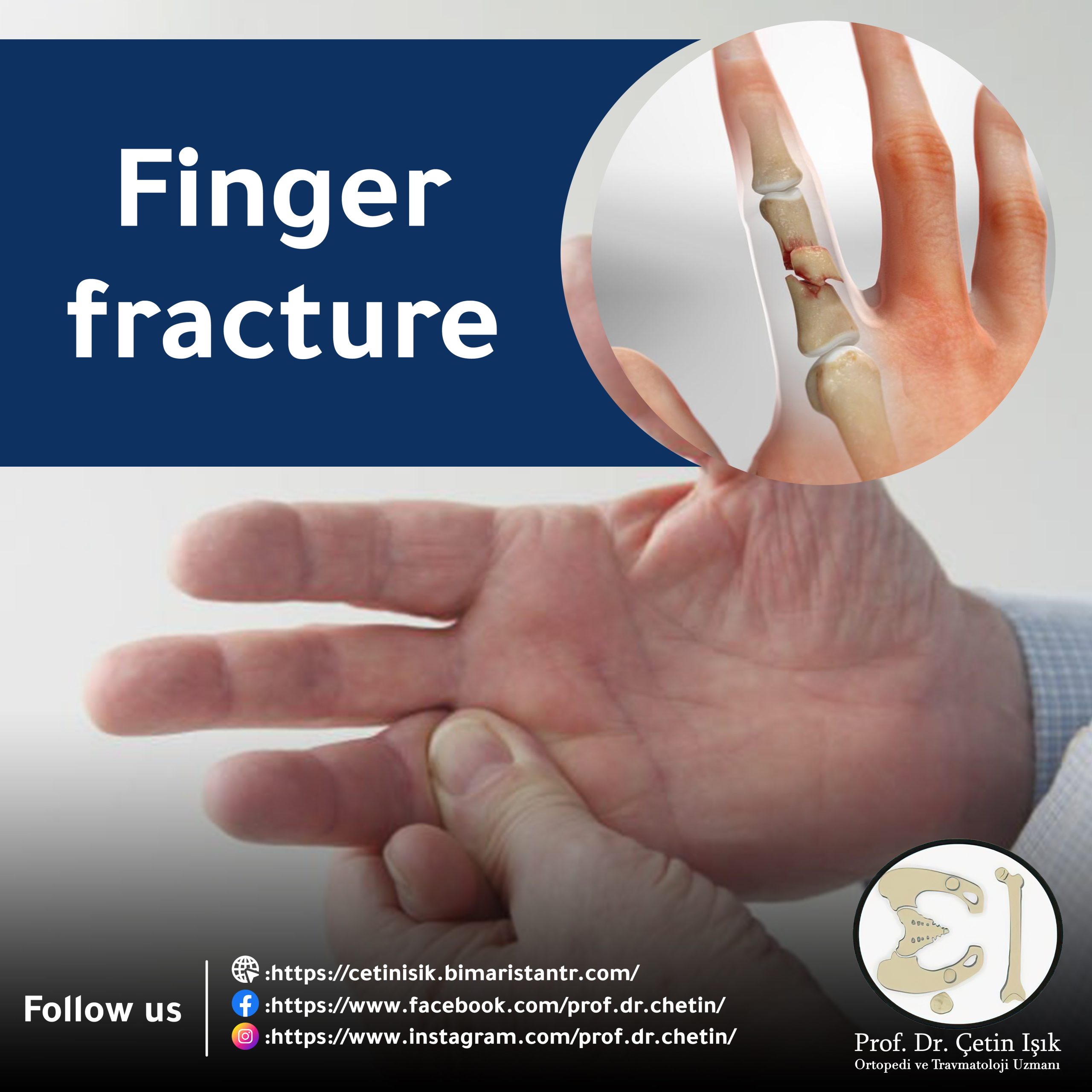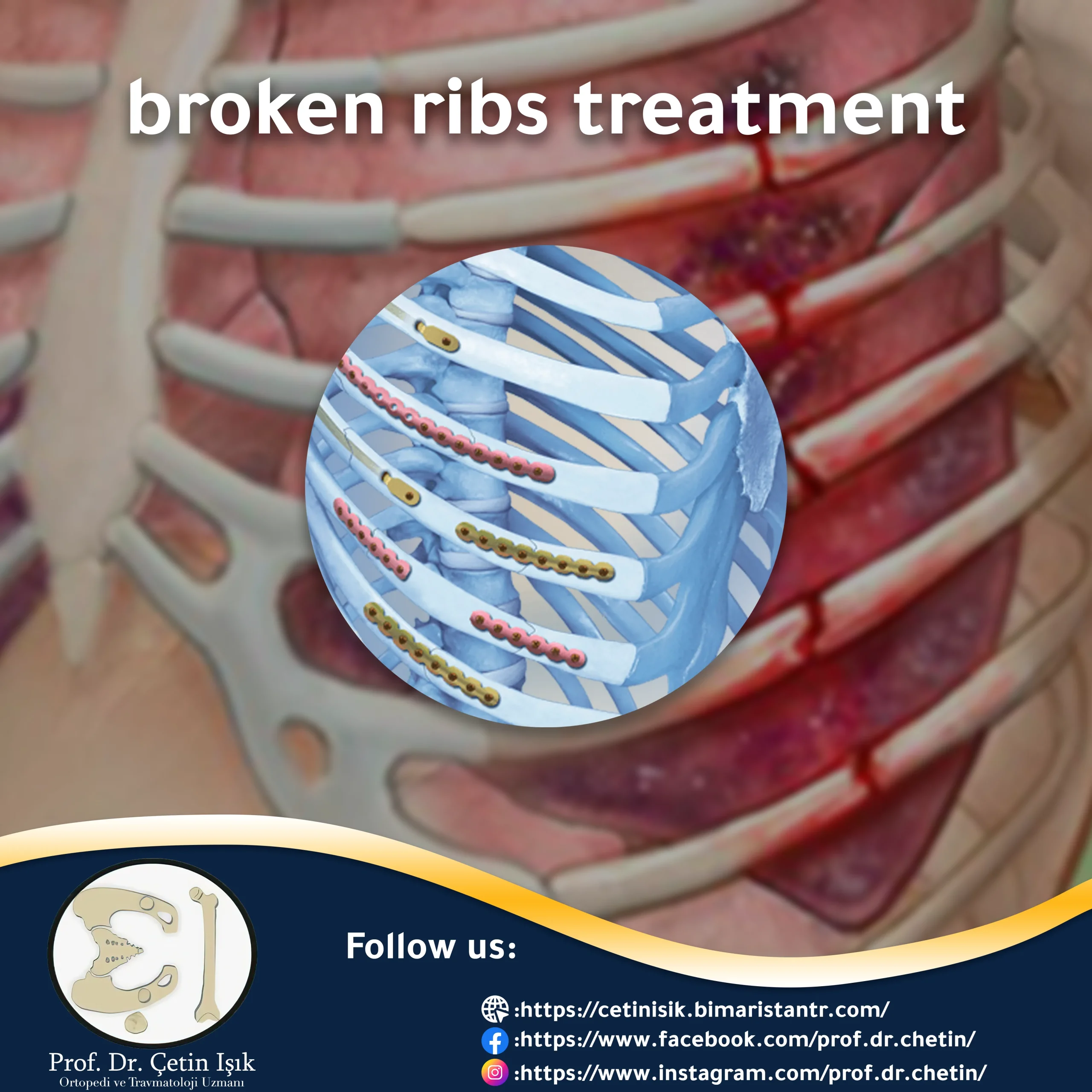Finger fracture is one of the common injuries that a person may experience during his life, It may seem simple at times, but it may cause serious problems in the event of neglect or failure of treatment.
Through the fingers of the hand, you can carry out your basic daily tasks, so any damage to it, such as a broken finger, may lead to annoying problems. Continue in this article to explore more about this fracture and methods of diagnosis and treatment.
Introduction to broken finger
The normal human hand consists of 27 bones, which are divided into 14 phalanx bones, 5 metatarsal bones, and 8 carpal bones.
All fingers of the human hand consist of 3 phalanges, except for the thumb, which consists of only two phalanxes. A fracture can occur in any of these phalanges, as can a fracture of the finger joint, which are the areas of contact of these bones with each other (the joint between the proximal phalanx and the joint between the distal phalanx) and the joint or region The connection of the phalanges with the metatarsal bones of the hand (the metatarsophalangeal joint).
Finger fractures can occur by stretching the ligaments and tendons near the fingers of the finger. This type of fracture is called an avulsion fracture.
Finger fractures finger fractures It is the most common sports injury among adults and adolescents in the United States.

Reasons for a broken finger
Most cases of finger fractures occur due to traumatic causes. We mention some of the common cases that lead to: Crack in the finger:
- A strong blow to the finger with a hard object or a ball
- A fall on the hand or palm can lead to a broken finger
- Attempting to block one of the strong blows using the hands and receiving this blow on one of the fingers
- Strong trauma to the fingers, such as a door closing on them or a hammer blow
There are some factors that can increase the risk of a broken finger, including:
- Calcium deficiency patients Osteoporosis They have
- Tumor patients
- Patients with weak immunity
Symptoms of a broken finger
Symptoms of a broken finger vary according to the type, location, and severity of the injury. Symptoms of a broken finger generally include the following signs:
- The most common symptom of a broken finger is severe pain, which appears immediately after the injury
- Difficulty moving the finger
- Swelling is observed in the broken place or area
- Bruises and redness that last for a while after the injury
- Numbness
- Noticeable change in nail color
- Deformation of the normal shape of the broken finger
To ensure successful treatment, you must visit the nearest health care center, in case you suspect a broken finger, in order to avoid secondary sequelae that may occur as a result of this fracture.
Diagnosing a broken finger
Diagnosis of fractures of the fingers of the hand is divided into several stages:
Clinical examination
The doctor examines the injured hand and asks about the details of the accident or trauma that led to the injury, The doctor seeks to determine the broken finger by examining the range of movement of the affected fingers and seeing the swelling, bruising, and deformation of the finger compared to the fingers on the healthy side, and the doctor may also conduct a comprehensive and general examination of the body in particular After accidents that lead to other fractures such as foot fractures elbow, wrist or arm fractures (Forearm fractures andHumerus fractures), and confirm the possibility of a wrist or elbow fracture.
radiography
An x-ray of the injured hand is usually requested in order to accurately see and determine the degree, type, and location of the fracture. This type of imaging can also detect injuries to the joints between the phalanges. In other cases, a CT scan can be requested.
Finger fracture treatment
The treatment of a cracked finger depends on the location and severity of the fracture in addition to the fracture pattern, all of which are determined by the treating physicians, and on this basis, a treatment plan is drawn up, which is divided into:
home treatment
It includes the following steps:
- Use pain relievers to relieve the pain of a broken finger.
- Reconstruction of the broken finger, in the event that it is of the altered (unstable) type, is performed by a specialized and experienced doctor under local anesthesia.
- A finger splint is applied in the event of an unaltered (stable) fracture or after an appropriate replacement of the alternating fracture has been performed. The splint helps to keep the broken finger in its natural condition and maintain its fixed position.
- Ensure the palm of the hand and fingers on the affected limb, and rely, for example, on using the fingers of the left hand instead of the fingers of the injured right hand.
- Over time, periodic X-rays will be ordered to assess the extent of the fracture's improvement and to monitor recovery.
When the fracture has healed, the case will be followed up with a physical rehabilitation specialist and the patient will be given exercises that help restore normal movement to the broken finger after a long period of immobility.

Surgical treatment
Patients need hand surgery in the following cases:
- Reaction and fixation failure of the alternating fracture.
- torn ligaments and muscle tendons in the hand.
- Multiple fractures of the hand.
- Injuries to the interphalangeal joints (distal and proximal) or the metatarsophalangeal joint, since these injuries are associated with long-term risks. The most prominent of these problems is the occurrence of Osteoarthritis in the joint of the hand.
In the process of breaking a finger, local anesthesia is used for the affected hand in order to reduce the patient’s pain during this procedure. After that, the skin is opened and the broken bone is reached, then the broken part of the finger is returned to its original location and fixed using metal plates, skewers, or screws.
After completing the operation, gypsum or a finger splint can be worn that ensures the fixation of the fingers and bones of the dislocated hand for a period of 4 to 6 weeks. The plates, screws, or skewers are removed as soon as the broken finger heals, or it is left for life, according to the doctor’s opinion, unless it causes unwanted problems.

In conclusion, a broken finger is one of the injuries that it is important to know how to deal with due to its common occurrence and because it impedes the implementation of daily tasks and to avoid the long-term effects that it can cause. It is diagnosed with a simple radiographic image of the hand. It is managed either with conservative treatment by restoring the broken finger in the doctor’s hand or surgically by immobilization. internally with small plates or nails.
Sources:
Common questions
The symptoms that appear after the injury, which include bloating, swelling, and difficulty moving the finger, in addition to hearing the bone crack when moving it, indicate that your finger is fractured.
The method of treatment depends on the degree of the fracture. Conservative treatment can be done by placing a splint to fix the broken parts of the finger in place. In severe fracture, it is possible to consider resorting to surgery.
There is difficulty in moving the broken finger after the injury. Resting the finger and refraining from moving it is one of the basics of treating a broken finger.
The doctor determines the expected recovery period based on the severity and type of fracture. Most fractures need about 4 to 6 weeks to heal, while in more complex cases, the recovery period can reach several months.




